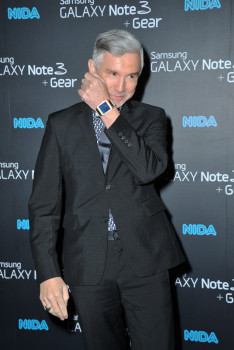Samsung’s branded entertainment fail
Samsung’s foray into  the world of branded entertainment, The Shoot, proves brands still have a long way to go to prove they get how it’s done says Brooke Hemphill, in a piece that first appeared in Encore.
the world of branded entertainment, The Shoot, proves brands still have a long way to go to prove they get how it’s done says Brooke Hemphill, in a piece that first appeared in Encore.
On a recent Thursday night members of the Australian film industry and the media attended the Sydney Opera House as guests of Samsung for the premiere of The Pilgrim Report, a short film funded and produced by Samsung. While the film itself was a remarkable achievement, the campaign overall was a lesson in how not to do branded entertainment.
Earlier this year, Samsung put out the call for up-and-coming film-makers and with the assistance of drama school the National Institute of Dramatic Art they recruited a team who had just six days to write, produce and edit a short film.
You can watch the end result here:


I think you are being a tad harsh and unfair in comparing the Boost Mobile Film with the Samsung making of video. I don’t think the Samsung film itself is gratuitous.
For me, where the Pilgrim Report falls down in comparison is that it is dull, pretentious and bored me to tears. It was 11 minutes of my life that I won’t get back.
Then to make it worse, in the making of video above they just talk about themselves.
Where was the fun and engagement that good branded entertainment should have? That’s the bigger crime.
100% with you. Whole thing was a wank. more than that: it was a weird wank.